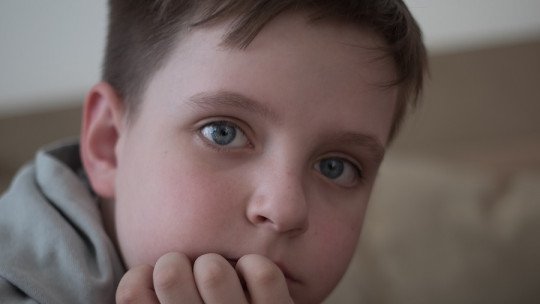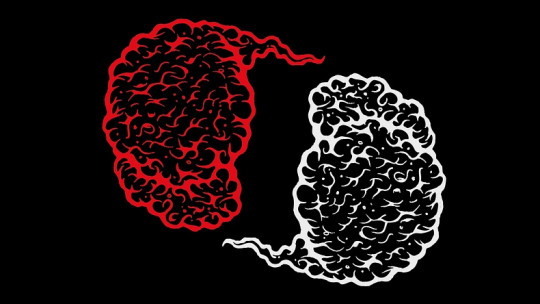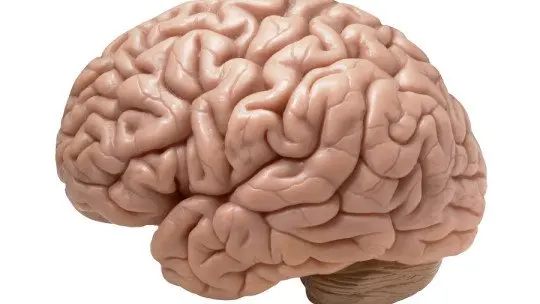
Throughout my professional experience I have perceived a lot of misinformation regarding ADHD.
Therefore, I want to share this more accurate information about this alteration, which is a neurodevelopmental disorder and has a genetic and environmental basis as its causes. I will also explain what it consists of multimodal therapeutic intervention for patients with ADHD since it has proven effective.
Basic characteristics of ADHD
Attention deficit hyperactivity disorder is a neurodevelopmental disorder with a genetic and environmental basis that results in a complex limitation of the development of executive functions, mental activities such as: planning, organizing, guiding, reviewing, regularizing and evaluating the necessary behavior. to achieve goals. Likewise, these people present inattention, impulsivity and hyperactivity.
This alteration is characterized by affecting cognitive, emotional and behavioral functions. Among its symptoms, inattention, impulsivity and hyperactivity are usually more evident These symptoms in turn will manifest depending on the type of ADHD and the comorbidities that the patient presents. The best known types are: attention deficit, impulsivity and hyperactivity and the combined type.
ADHD, being a neurodevelopmental disorder, It presents different comorbidities according to the changes in the stage of human development. That is, in the childhood stage ADHD will have comorbidities such as low self-esteem, behavioral problems, learning, language… during adolescence the comorbidities will be depression, anxiety, addiction to games or substances… and during adulthood its comorbidities are due to For example, addictions and personality disorders such as antisocial, BPD, among others.
According to the DSM-IV, there are three types of ADHD: inattentive, impulsive and hyperactive and the combined type.
On the other hand, according to Dr. Amen, there are 7 types of ADD: classic, inattentive, hyperfocused, temporal lobe, limbic, ring of fire and anxious.
What are the comorbidities of ADHD?
Among the comorbidities we have: anxiety disorders, OCD, depression, bipolar disorder, language and learning disorders, addictions such as games and substances, and autism. Also, personality disorders such as: antisocial, BPD, among others, which become evident in the stage of adolescence and are accentuated in adulthood.
What is multimodal therapeutic intervention for ADHD?
ADHD, being a very complex disorder with many comorbidities, requires a multimodal therapeutic intervention in this way the patient and the family environment can be better helped. In this sense, the patient requires a multimodal therapeutic intervention, because his symptoms are complex which will depend on the type of ADHD and the comorbidities of the case.
A large multidisciplinary team is involved in the therapeutic intervention such as clinical psychologists, psychiatrists, neurologists, paediatricians, nutritionists, educational psychologists, language therapists, among others. All of them make their contributions from their area or specialty in the therapeutic process, thus achieving the patient’s improvement and normal development in their daily lives.
First of all, the patient must be evaluated and diagnosed by: clinical psychologists, psychiatrists, pediatricians and neurologists; All of these specialties contribute from their area to make a good diagnosis in this way a good therapeutic approach can be made.
In second place, The psychotherapist must provide psychoeducation of the patient and the family environment. It is essential in this process, since the family’s proactive participation is essential and for this it is necessary that they know the problem in depth.
Thirdly, it is necessary for parents to go with their child to a psychiatrist to pharmacological treatment In most cases, drugs play an important role in the treatment, especially when there is very low inattention and high hyperactivity.
In fourth place, psychotherapy is the most essential part because this will be very helpful for both the patient and the family. Generally, this approach is through cognitive-behavioral therapy; This allows you to restructure thoughts, disruptive or disturbing behaviors and emotional instability, which is typical of the disorder.
On the other hand, it also allows patients to be trained in social and problem-solving skills, self-esteem, communication and emotion management, relaxation techniques to manage stress, anxiety, among others.
Likewise, it allows parents to be trained in relation to modifying their children’s behavior, as well as social skills so that they can insert themselves and relate to a social world on a regular or normal basis because many times children and Adolescents with ADHD are discriminated against or labeled and this leads them to isolate themselves or sometimes they tend to be very aggressive due to their impulsivity and hyperactivity.
Other professionals who must participate in the therapeutic process are psychopedagogues so that they can instruct in organization, planning, homework, study habits, exams… and help with problems in the learning process.
Other specialties that will intervene are occupational and language therapists, because those with ADHD usually present language problems and also sensory processing problems.
Nutrition professionals must also get involved, developing a balanced Mediterranean diet according to the requirements of each patient and the necessary dose of omega 3 since, according to research, it fulfills many functions and is of great help in cases of ADHD.
Conclusion
In conclusion, it can be said that ADHD is a disorder that begins in childhood and prevails throughout the person’s life, which is why it will require multimodal professional assistance because there is a varied and very diverse alteration. complex in the body of the sufferer.
On the other hand, ADHD generates a series of comorbidities as the person changes their stages of development, which is why they will need a multidisciplinary team of health professionals so that they can assist and stabilize them to the extent possible. so that he can lead a life just like any other common person.








